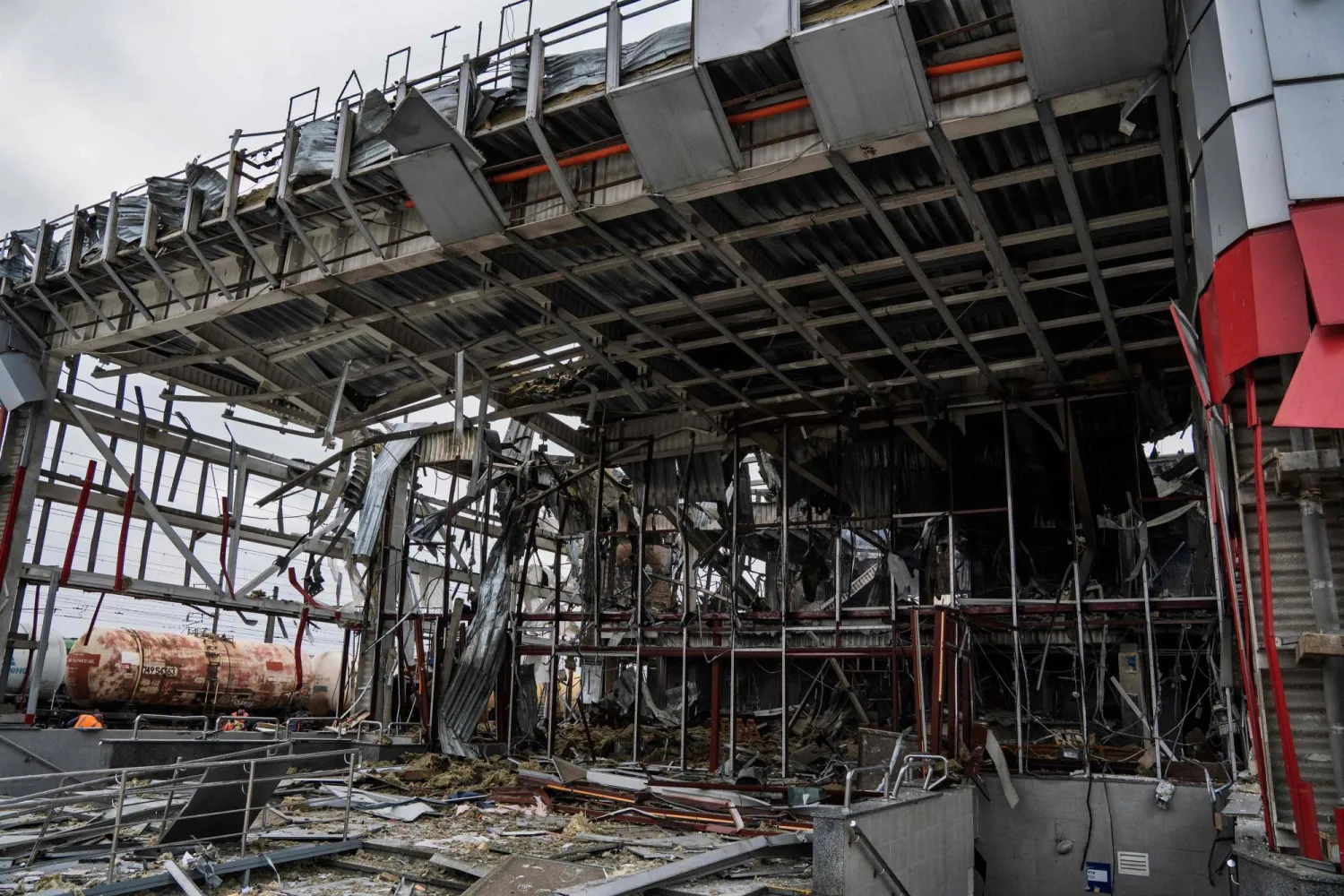Russia unleashed a major missile and drone barrage on Ukraine overnight into Saturday, after US and Ukrainian officials said they’ll meet on Saturday for a third day of talks aimed at ending the nearly 4-year-old war.
Following talks that made progress on a security framework for postwar Ukraine, the two sides also offered the sober assessment that any “real progress toward any agreement” ultimately will depend “on Russia’s readiness to show serious commitment to long-term peace.”
The statement from US special envoy Steve Witkoff, Trump’s son-in-law Jared Kushner as well as Ukrainian negotiators Rustem Umerov and Andriy Hnatov came after they met for a second day in Florida on Friday.
They offered only broad brushstrokes about the progress they say has been made as Trump pushes Kyiv and Moscow to agree to a US-mediated proposal to end the war.
Russia used 653 drones and 51 missiles in the wide-reaching overnight attack on Ukraine, which triggered air raid alerts across the country and came as Ukraine marked Armed Forces Day, the country’s air force said Saturday morning.
Ukrainian forces shot down and neutralized 585 drones and 30 missiles, the air force said, adding that 29 locations were struck, The Associated Press reported.
At least eight people were wounded in the attacks, Ukrainian Minister of Internal Affairs Ihor Klymenko said.
Among these, at least three people were wounded in the Kyiv region, according to local officials. Drone sightings were reported as far west as Ukraine’s Lviv region.
Russia carried out a “massive missile-drone attack” on power stations and other energy infrastructure in several Ukrainian regions, Ukraine’s national energy operator, Ukrenergo, wrote on Telegram.
Ukraine’s Zaporizhzhia nuclear power plant temporarily lost all off-site power overnight, the International Atomic Energy Agency said Saturday, citing its Director General Rafael Mariano Grossi.
The plant is in an area that has been under Russian control since early in Moscow’s invasion of Ukraine and is not in service, but it needs reliable power to cool its six shut-down reactors and spent fuel, to avoid any catastrophic nuclear incidents.
Ukrainian President Volodymyr Zelenskyy said that energy facilities were the main targets of the attacks, also noting that a drone strike had “burned down” the train station in the city of Fastiv, located in the Kyiv region.
Russia’s Ministry of Defense said its air defenses had shot down 116 Ukrainian drones over Russian territory overnight into Saturday.
Russian Telegram news channel Astra said Ukraine struck Russia’s Ryazan Oil Refinery, sharing footage appearing to show a fire breaking out and plumes of smoke rising above the refinery. The Associated Press could not independently verify the video.
The General Staff of the Ukrainian Armed Forces later said Ukrainian forces had struck the refinery. Ryazan regional Gov. Pavel Malkov said a residential building had been damaged in a drone attack and that drone debris had fallen on the grounds of an “industrial facility,” but did not mention the refinery.
Months of Ukrainian long-range drone strikes on Russian refineries have aimed to deprive Moscow of the oil export revenue it needs to pursue the war.
Meanwhile, Kyiv and its western allies say Russia is trying to cripple the Ukrainian power grid and deny civilians access to heat, light and running water for a fourth consecutive winter, in what Ukrainian officials call “weaponizing” the cold.
The latest round of attacks came as US President Donald Trump’s advisers and Ukrainian officials said they’ll meet for a third day of talks on Saturday, after making progress on finding agreement on a security framework for postwar Ukraine.
Following Friday’s talks, the two sides also offered the sober assessment that any “real progress toward any agreement” ultimately will depend “on Russia’s readiness to show serious commitment to long-term peace.”
The statement from US special envoy Steve Witkoff, Trump’s son-in-law Jared Kushner as well as Ukrainian negotiators Rustem Umerov and Andriy Hnatov came after they met for a second day in Florida on Friday. They offered only broad brushstrokes about the progress they say has been made as Trump pushes Kyiv and Moscow to agree to a US-mediated proposal to end nearly four years of war.









